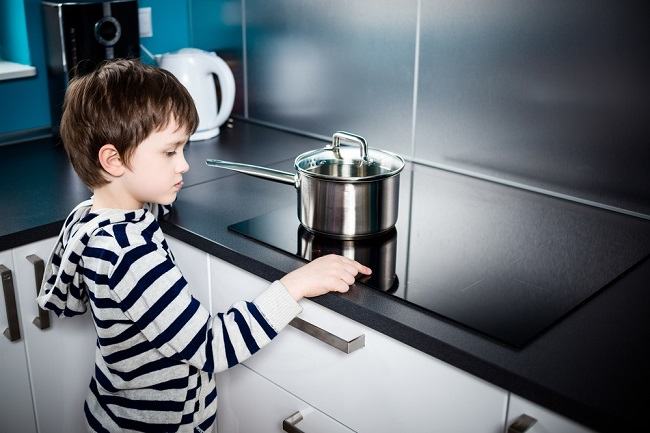In fact there are no studies that have determined the exact number of times a pregnant woman can give birth by caesarean section safely. But what is certain, caesarean section is more risky when done repeatedly.
Giving birth by caesarean section means removing the baby through an incision from the abdomen, not from the vagina. This incision process can produce scar tissue in the skin and uterus. Therefore, women who give birth by cesarean can experience irritation in the area if this procedure is done many times.
The risk of giving birth by Caesarean section more than once
One of the risks of giving birth by cesarean section is adhesion, which is tissue sticking due to the formation of scar tissue or scar tissue.
Adhesions can occur in various organs. However, in women who have had several cesarean sections, adhesions or adhesions can occur between the bladder and the uterus.
This condition can damage both organs, as well as cause pelvic pain. Not only that, sufferers can also experience urinary disorders and fertility problems.
In addition to adhesions, other risks that can occur as a result of having repeated cesarean sections are:
1. Heavy bleeding
The more often a cesarean section is performed, the greater the risk of bleeding. In some cases, the bleeding can be so severe that the doctor may need to remove the uterus to stop the bleeding.
2. There is a problem with the placenta
Cesarean sections are performed repeatedly can increase the risk of problems with the placenta in subsequent pregnancies. Problems that can occur with the placenta are that the placenta grows too deep near the caesarean scar on the uterine wall (placenta accreta) or the placenta blocks the baby's birth canal (placenta previa).
3. Respiratory disorders in infants
This problem is quite common after babies are delivered by caesarean section, especially if they are born before 39 weeks of age. The risk of the baby experiencing respiratory problems will be greater if the mother has had a previous caesarean section.
In addition, the anesthetic used during cesarean section can also cause the baby to be born with certain disorders and low Apgar scores.
4. Infection after surgery
Caesarean section is a major surgery that is risky. One of the risks that can occur after undergoing this operation is the occurrence of infection in the surgical wound. This needs to get treatment from a doctor so it doesn't get worse.
The point is, if you have given birth by caesarean section, then the second procedure and so on will be more complicated and can take longer.
You are also usually not recommended to give birth vaginally after having a history of undergoing two or more cesarean sections, because in these conditions, the risk of uterine damage is quite high.
Actually you have the right to choose to undergo any type of delivery method. However, the doctor will suggest the best delivery method based on the health condition of you and your baby.
If your medical condition or the baby in the womb does not allow you to give birth normally, such as the size of the baby is too large, the placenta covers the cervix, the baby has a genetic disorder, the baby is in a breech position, is pregnant with twins, or if you have heart disease or a sexually transmitted disease , the doctor will still recommend a cesarean section.
Therefore, check the content regularly to the obstetrician. In addition to checking the condition of you and your little one, routine obstetrical examinations will also help the doctor to determine the type of delivery that is right for you.









